A comprehensive guide on the right foods and a balanced diet that will help your pet turtles live up to their maximum potential in optimal health.

Introduction
Turtles are omnivorous, so they eat plant and animal matter, but a healthy turtle diet considers their age, nutritional needs, and species. This comprehensive pet turtle feeding guide helps you choose the right kinds of food and avoid harming your pets.
Keep reading to learn how to choose the best turtle food for growth, shell development, energy levels, and longevity.
Author’s Note: Check Out The Ultimate Guide to Fish Food: Pros and Cons & Best Choices for Different Fish Species too for more on feeding your aquatic pets.
Understanding Turtle Nutrition: What Makes a Balanced Diet
Because turtle’s nutritional needs vary as they grow from hatchlings to juveniles and adult turtles, you must practice balanced turtle feeding with meals containing their various dietary needs.
These turtle food nutrition facts will guide you.
Nutrient Essentials
Essential nutrients for turtle foods include protein, calcium, fiber, and vitamins like D3 and A, give high-protein foods to young turtles while adults benefit from more fiber and greens in their diets.
Vitamin Importance
Essential vitamins for turtles’ shell health and bone structure development include D3 and calcium, while Vitamin A aids their eyesight. It is of the utmost importance that you provide your turtle with enough calcium as their shell’s health depends on it.
Handling While Feeding
Most turtles are sensitive to touching and handling, so you must find ways to feed them with minimal contact. I recommend floating sticks, sinking pellets, gels, and freeze-dried foods which can be placed in their enclosure.
These options allow your pets to feed themselves while you watch. But if you’re really careful, a bit brave, and depending on the temperament of your turtle you may be able to hand feed your pet
Best Food Options for Aquatic Turtles
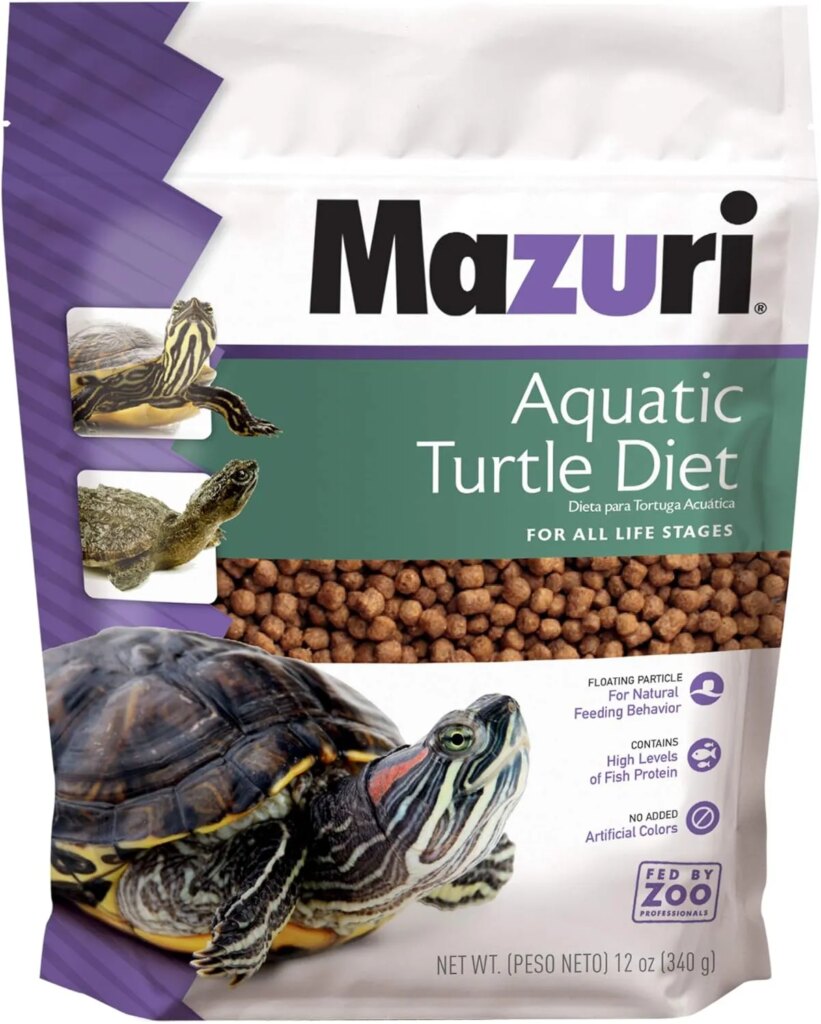
Found On Amazon
Here’s a list of the best aquatic turtle pellet foods, whether floating, sinking, or gels, that you can feed common turtle species:
- Zoo Med Natural Formula
- Mazuri Aquatic Turtle Diet
- Turtle Nutri Stick
- Tetra ReptoMin Floating pellet sticks
- Fluker’s Buffet Blend Aquatic Formula
These foods are also protein-rich, so they’re suitable for juveniles, hatchlings and softshell turtle feeding. Commercial turtle foods are not only convenient but easy for turtles to digest, and the remnants are easily removed. Here are a few feeding tips, up next!
Feeding Tips To Manage Waste
Turtles are messy eaters and produce a lot of waste, makinf it difficult to keep their tank’s clean after feeding. But there’s a solution for that. Feed your pets outside the main tank to reduce mess, and use sophisticated tank maintenance tools for efficient cleaning.
Also, alternating between staple foods and occasional treats helps minimize the mess. And maintaining a strict feeding schedule and portions helps tremendously, more on that later!
Ideal Diets for Terrestrial and Semi-Aquatic Turtles
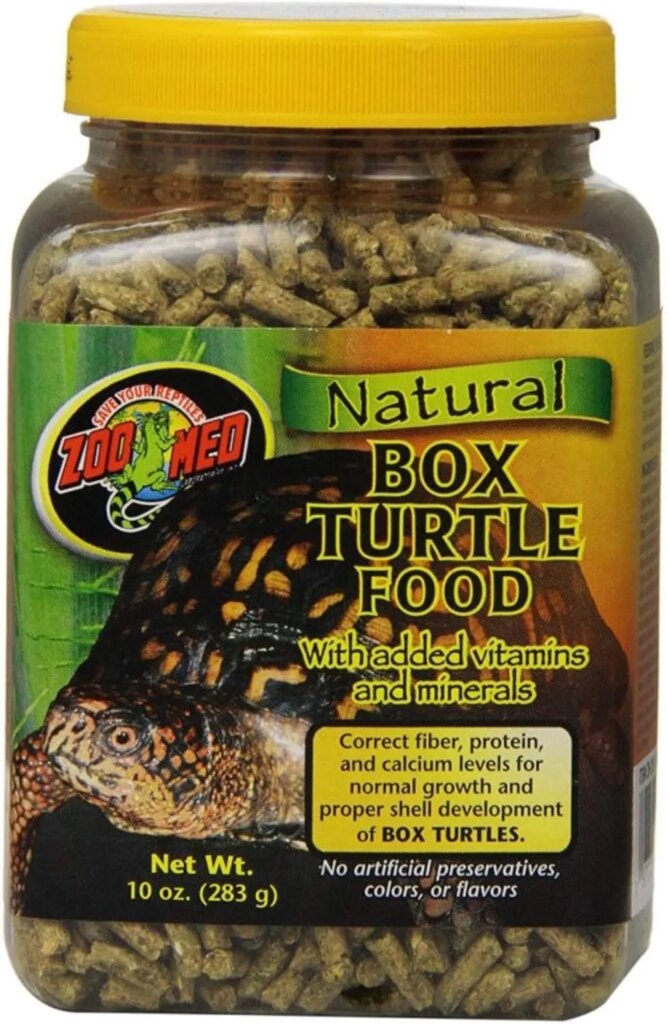
Found On Amazon
Did you know that your turtle species determines the kind of food they should eat?
| Ideal Food Type | Percentages |
| Box Turtles | 55% Protein | 35% Veggies | 10% Fruits |
| Wood Turtles | 50% Protein | 30 – 40% Veggies | 10% Fruits |
| Tortoises | 80% Grass, Greens | 15-20% Veggies, Fruits | 5% Protein |
What to Include in their diets
Try these box turtle food options:
- Protein: Insects, Worms, Snails, Crayfish, and dead Mice
- Veggies: Carrots and Collard Greens
- Fruits: Watermelon and Berries
Wood Turtle foods include:
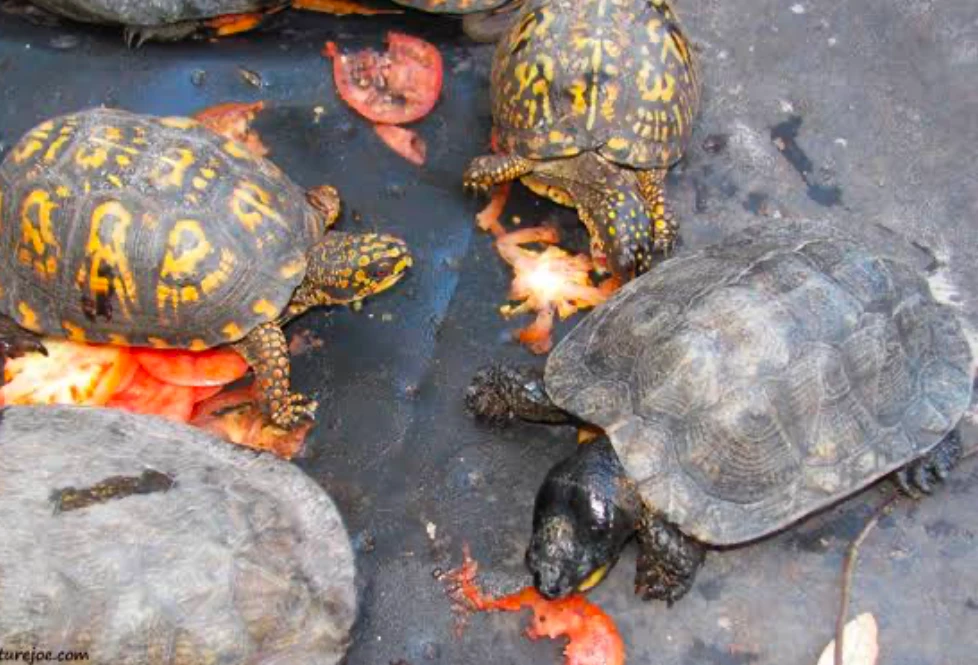
- Protein: Earthworms, Slugs, and beetles
- Veggies: Kale, Dandelions, Tomatoes, and Collard Greens
- Fruits: Apples, Pears, and Grapes
You can also get commercial pellets that combine all these nutrients.
Treats
Treats like berries or dried worms are essential for a well-rounded diet since they enrich your turtle’s meals. Don’t feed it often, but once a week. More on this soon!
Diet Variability
The best omnivorous turtle feeding system rotates protein and vegetable sources instead of concentrating on one source. The varied diet helps provide multiple nutrients that will boost their health.
Top Treats and Supplemental Foods for Enrichment
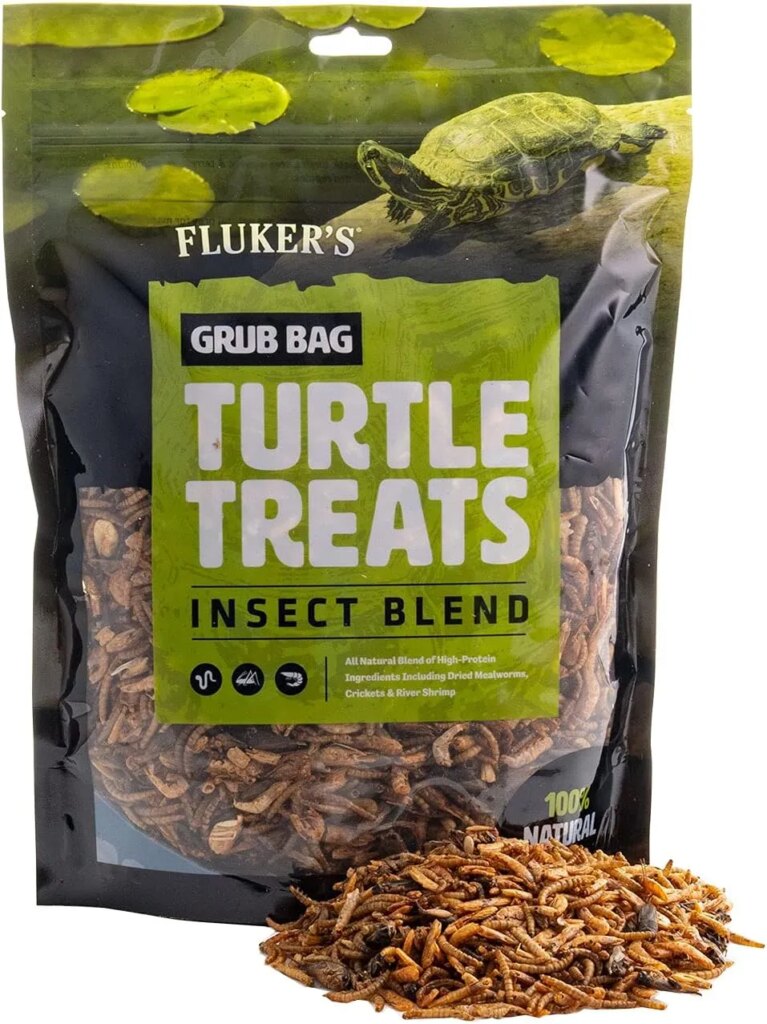
Found On Amazon
Other high-quality treats and turtle food supplements, such as dried shrimp, insects, or cuttlebone, aid bone and shell development. Cuttlebone is an alternative source of calcium for shell growth, while freeze-dried crickets and mealworms provide protein. You should add these treats once to twice weekly for nourishment.
Feeding Tips and Cautions
Feed only safe reptile treat options like non-sugary fruits previously mentioned, and avoid citrus as they cause gastric issues.
Treats should make up only 10% of pet turtle diets. And there’s such a thing as too much protein for turtles so be mindful to feed a varied diet.
Feeding Schedule by Age and Species
Let’s go into more detail on how often to feed a turtle using a timetable for all ages and species, whether aquatic or terrestrial.
Hatchlings
This turtle feeding frequency works for hatchlings and juveniles under a year old. They’ll need protein-rich meals daily for proper muscle development and shell growth.
They still need veggies, but not as much as their protein intake. So, balance it at a ratio of 20:80.
Adults Turtles
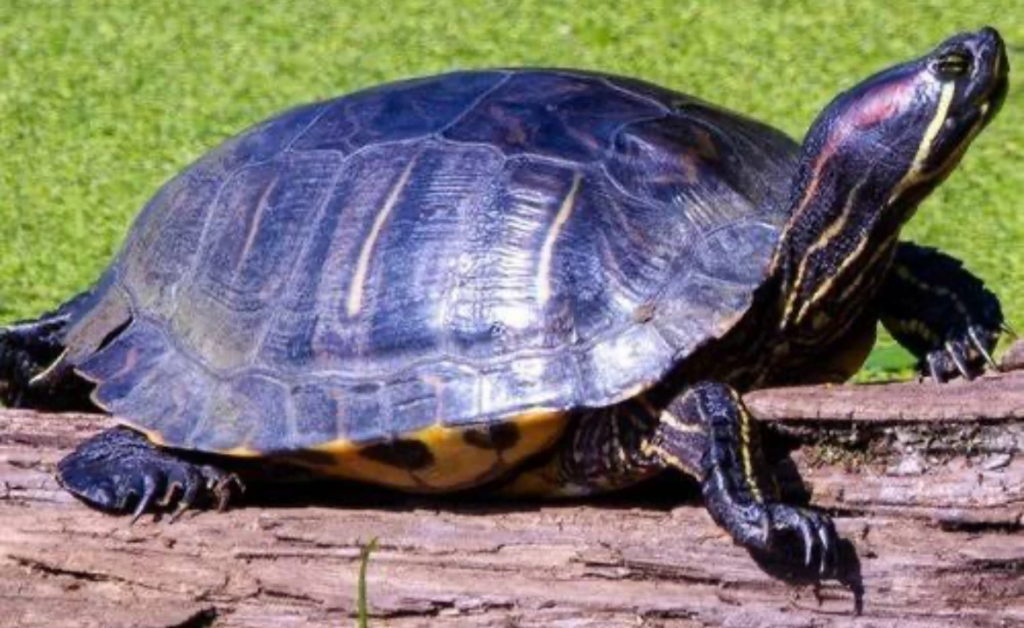
Adults are fully developed and need less protein and more veggies to build immunity. Feed them greens and vegetables 3–4 times a week, while protein-rich foods serve as supplements.
Balance their meals at a ratio of 75:25 vegetables to protein intake. Use this feeding schedule for pet turtles older than a year.
General Tips
- Observe their appetite changes
- Remove uneaten food 24 hours later,
- Feed the turtles daily at the same time to create a steady routine.
Signs You’re Feeding the Wrong Food
It’s only right to close this guide with warning signs of poor turtle nutrition. You’ll notice common dietary issues such as soft shells, lethargy, poor growth, or obesity.
Common Problems
- Softshell: Deformed shells with dips or pyramids from lack of calcium.
- Lethargy: laziness to swim or general inactivity.
- Lack of Appetite: Gastric problems, constipation, or infection.
- Poor growth: Deformed body parts from protein deficiency
- Obesity: fat legs, necks, or tails from overfeeding.
Solutions
When you notice symptoms of malnutrition in turtles, you can do one of several things:
- Change the food types
- Ensure a balanced nutrition
- Add calcium supplements
- Fast your pets for 1-2 days in case of bloating or overfeeding.
If your pet is still ill after improving variety, fasting, or adding supplements, it’s time to consult a vet for advanced treatment.
Visual Signs
Observing your pet turtles daily will help you quickly identify visual signs of turtle diet problems like discoloration and excess algae in the tank from uneaten food. So, don’t neglect your pets. Check on them daily.
Conclusion
I hope you’ve enjoyed reading these turtle care and feeding tips and are ready to commit to 20-30 years of responsible turtle-keeping.
Choosing the right food for turtles is not a suggestion but is necessary if you want your pets to live long, healthy lives. Ensure their meals are species-appropriate, nutritionally balanced, and suitable for their ages.
Scroll to the top of this complete turtle diet guide for details on what your pets can and must not eat. If you have any questions, please leave them in the box below.

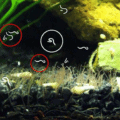
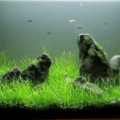
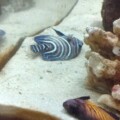
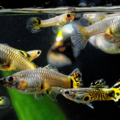
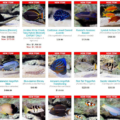
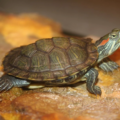
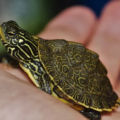
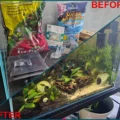
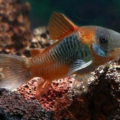
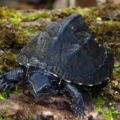
3 thoughts on “Complete Guide to Turtle Food: What to Feed and Why It Matters”